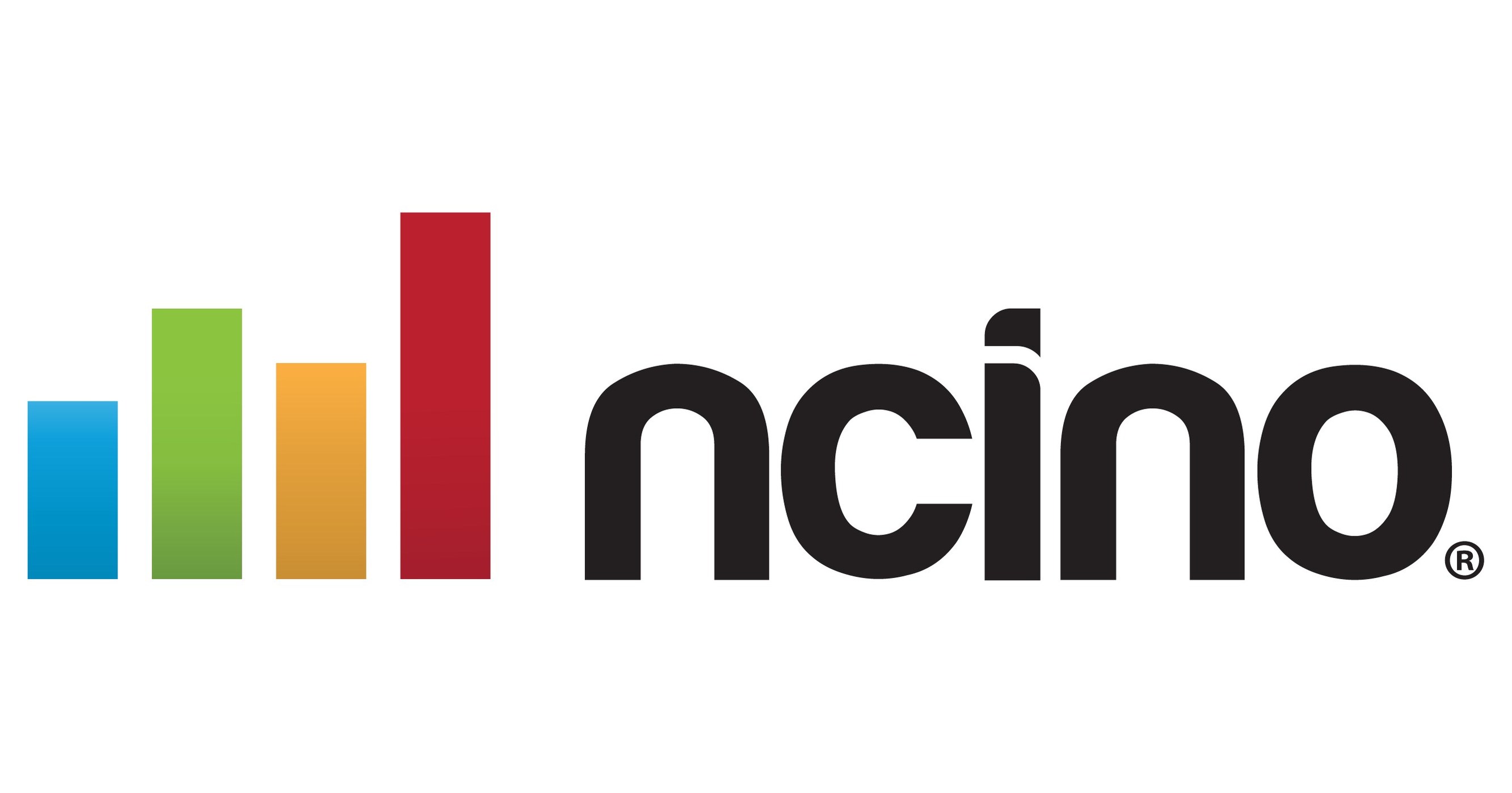
nCino’s ROIC is -0.82%, indicating it is not generating enough returns to cover its cost of capital.
ZoomInfo Technologies Inc. has a relatively better capital efficiency with a ROIC to WACC ratio of 0.022.
Both JFrog Ltd. and BigCommerce Holdings, Inc. exhibit significantly negative ROICs, highlighting substantial inefficiencies in capital utilization.
nCino, Inc. (NASDAQ:NCNO) is a financial technology company that provides cloud-based software solutions for financial institutions. Its platform is designed to streamline and digitize banking processes, enhancing efficiency and customer experience. In the competitive landscape, nCino faces peers like ZoomInfo Technologies Inc., JFrog Ltd., BigCommerce Holdings, Inc., Bill.com Holdings, Inc., and Jamf Holding Corp., each with varying degrees of capital efficiency.
In evaluating nCino’s financial performance, the Return on Invested Capital (ROIC) is a critical metric. nCino’s ROIC is -0.82%, which is below its Weighted Average Cost of Capital (WACC) of 6.97%. This negative ROIC indicates that nCino is not generating enough returns to cover its cost of capital, suggesting inefficiencies in how it utilizes its capital.
Comparatively, ZoomInfo Technologies Inc. has a positive ROIC of 0.17%, although it still falls short of its WACC of 7.81%. Despite this, ZoomInfo’s ROIC to WACC ratio of 0.022 is the highest among its peers, indicating relatively better capital efficiency. This suggests that while ZoomInfo is not fully covering its cost of capital, it is closer to doing so than nCino.
JFrog Ltd. and BigCommerce Holdings, Inc. both exhibit significantly negative ROICs of -10.95% and -18.34%, respectively. These figures highlight substantial inefficiencies in capital utilization, with their ROICs far below their respective WACCs of 8.78% and 7.15%. This comparison underscores nCino’s position as not the least efficient among its peers, but still facing challenges.
Bill.com Holdings, Inc. and Jamf Holding Corp. also show negative ROICs, at -1.36% and -5.78%, respectively. Bill.com’s WACC is notably high at 11.19%, exacerbating its capital inefficiency. Jamf, with a WACC of 5.97%, has a slightly better position due to its lower cost of capital, but still struggles with a negative ROIC. These comparisons highlight the broader industry challenge of generating sufficient returns on invested capital.

